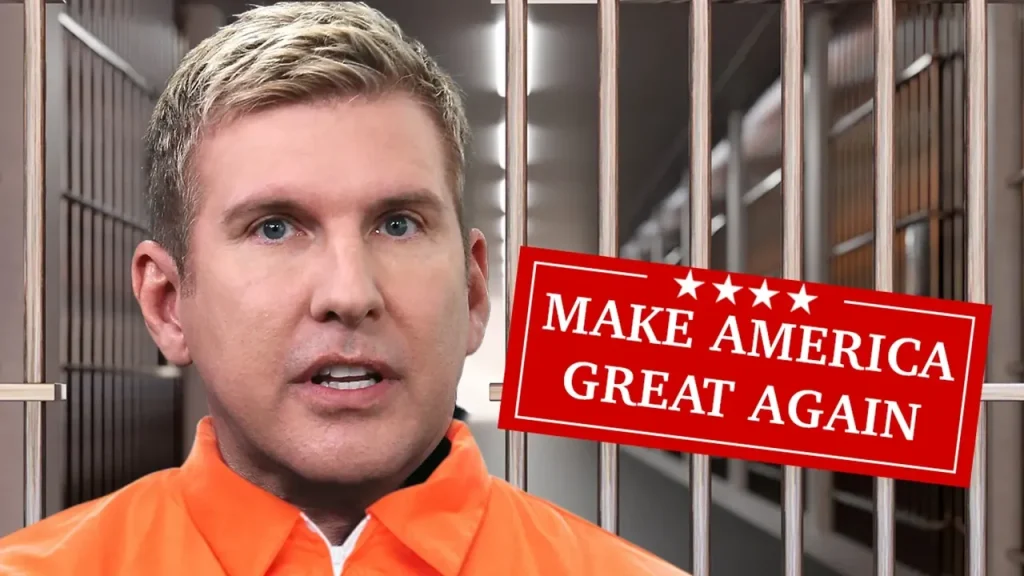The federal presidential clemency process in the United States is a constitutionally granted power that enables the President to show mercy towards individuals convicted of federal offenses. This clemency can manifest as a pardon, which absolves the individual of the crime and reinstates their civil rights, or as a commutation, which lessens the severity of the sentence without overturning the conviction.
Detailed Overview of the Clemency Process:
- Petition Submission:
- Initiation: Individuals seeking clemency must submit a formal petition addressed to the President. This petition is routed through the Office of the Pardon Attorney (OPA) within the Department of Justice.
- Content Requirements: The petition should encompass the petitioner’s personal history, specifics of the offense, the legal proceedings, and compelling reasons justifying the request for clemency.
- Review and Investigation:
- OPA’s Role: Upon receipt, the OPA conducts a comprehensive review of the petition. This involves verifying the accuracy of the information provided and ensuring the petition meets all procedural prerequisites.
- Information Gathering: The OPA solicits insights from various stakeholders, including the prosecuting attorneys, the sentencing judge, and relevant law enforcement agencies. This collaborative approach ensures a holistic understanding of the case.
- Recommendation:
- Evaluation: Based on the amassed information, the OPA formulates a recommendation regarding the clemency request. This recommendation is then forwarded to the Deputy Attorney General.
- Presidential Briefing: The Deputy Attorney General reviews the recommendation and, if in agreement, presents it to the President for final consideration.
- Presidential Decision:
- Authority: The President possesses exclusive authority to grant or deny clemency requests. This decision is typically conclusive and not subject to judicial review.
- Notification: Once a decision is made, the petitioner is informed through official channels, and any granted clemency is documented and made public.
Clemency Statistics:
The volume of clemency petitions submitted to the OPA significantly surpasses the number of grants issued. For instance, during President Barack Obama’s tenure (2009-2017), the OPA received a total of 36,544 clemency applications. Of these, 1,927 were granted, equating to approximately 5% of the requests. In contrast, under President Donald Trump’s administration (2017-2021), 12,078 applications were received, with 238 grants issued, representing about 2% of the petitions. Notably, President Trump often bypassed the traditional OPA process, granting clemency to individuals with personal or political connections, which influenced the overall statistics.
justice.goven.wikipedia.org
Under President Joe Biden’s administration (2021-2025), the OPA received 14,867 clemency applications. Of these, 4,245 were granted, resulting in a grant rate of approximately 29%, the highest percentage since President Richard Nixon’s tenure.
pewresearch.org
Case Study: Todd and Julie Chrisley
Todd and Julie Chrisley, stars of the reality television series “Chrisley Knows Best,” were convicted in 2022 for defrauding banks out of over $30 million. Todd received a 12-year prison sentence, while Julie was sentenced to seven years. In early 2025, reports indicated that the Chrisleys intended to seek a pardon from President Donald Trump, alleging constitutional violations during their trial.
nypost.com
The likelihood of the Chrisleys receiving clemency is influenced by several factors:
- Presidential Disposition: President Trump has previously demonstrated a propensity to grant clemency, particularly to individuals he perceives as having been treated unjustly by the legal system.
- Public Opinion and Media Attention: High-profile cases often attract significant media coverage, which can sway public opinion and potentially impact the President’s decision-making process.
- Nature of the Offense: The severity and specifics of the crime play a crucial role. Financial crimes, especially those involving substantial sums, are often scrutinized meticulously in clemency considerations.
While the Chrisleys’ public profiles and allegations of trial misconduct might bolster their case, the ultimate decision rests solely with the President.
In summary, the presidential clemency process serves as a critical instrument for ensuring justice and mercy within the U.S. legal framework. Despite the substantial number of petitions submitted annually, only a fraction are granted, underscoring the selective and discretionary nature of this executive power. For individuals like Todd and Julie Chrisley, the path to clemency is intricate and uncertain, heavily contingent on the specifics of their case and the prevailing political climate.

